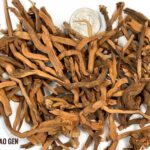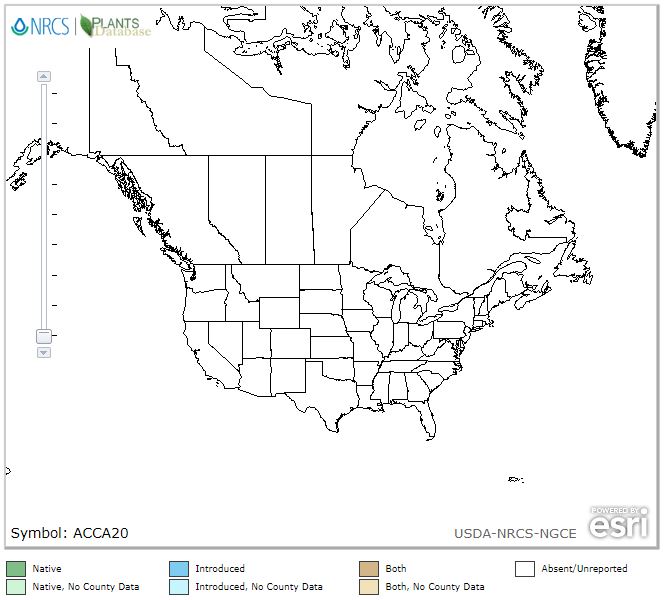Madder Root, Qiàn Cǎo Gēn, 茜草根, Radix Rubiae
Disclaimer For educational purposes only. Do not use as medical advice
Space Space
Space USA: USDA Zones: Native: Habitats: Herbal medicine may interact negatively with pharma drugs and other herbs. Examples below: Herbs: Pharma Drugs:
Health Benefits
For:
Attributes:
Products (online examples)
Space
Space
Research (sample)
Articles:
Constituents:
Photos (Click to enlarge)
Fun Facts
Other Names:
Species
Growth
TBD
TBD
is not in the USDA Plant Database. Drill down via USDA Interactive Map:
Category: Regulate Blood - Stop Bleeding
English: Madder Root Pinyin: Qian Cao Pharmaceutical: Radix Rubiae
Organs: Heart • Liver Temperature: Cold
Taste: Bitter Toxicity:
Patterns:
Actions: Cool blood • Transform stasis • Stop bleeding
Indications: Various kinds of bleeding from hot blood or blood stasis • Bloody vomit • Nosebleed • Bloody stool • Uterine bleeding • Blood stasis pain • Lochioschesis • Joint pain • Early stage carbuncles • Amenorrhea
Contraindications: Pregnancy • Spleen/Stomach deficiency cold
Typical Dosage: 9g to 15g Guidelines
Parts Used: Notable for: Cool blood • Relieve pain - especially in chest and flank • Traumatic injuries • Uterine bleeding
Other:
Combine With
Purpose
Formulas with Qian Cao
Gu Chong Tang • Qian Gen San • Shi Hui San
Alert
Be cautions with all medicine.
Potential Drug Interactions
Information in this post came from many sources, including class notes, practitioners, websites, webinars, books, magazines, and editor's personal experience. While the original source often came from historical Chinese texts, variations may result from the numerous English translations. Always consult a doctor prior to using these drugs. The information here is strictly for educational purposes.



0 Comments